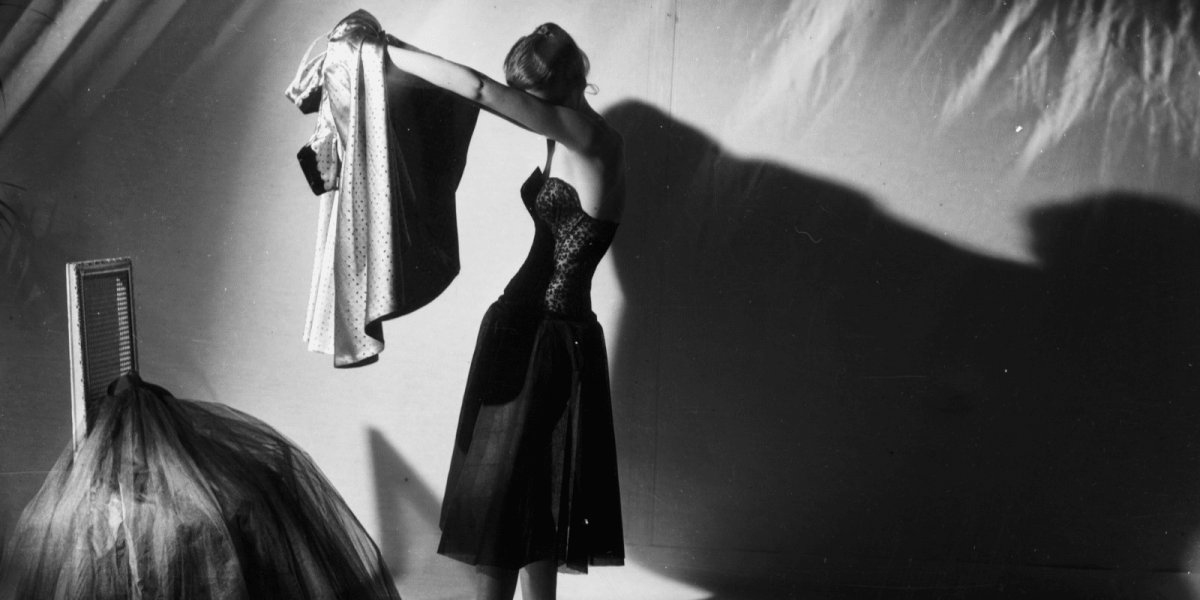Shadows are more than just absence of light; they are powerful storytelling tools that directors and cinematographers use to enhance mood, create depth, and evoke emotion in film and television. From Hitchcock’s iconic use of shadows in “Psycho” to the dramatic chiaroscuro lighting in film noir classics, shadows play a crucial role in shaping the visual language of cinema. In this article, we’ll delve into the fascinating world of shadows in film and TV, examining their significance, techniques for their manipulation, and their impact on storytelling.
Read Also: Finding the Right Time to Commute: How Early Should You Wake Up for Work?
Adding to the Visuals
In the realm of visual storytelling, shadows are not mere technical constraints but artistic elements that contribute to the overall mood and atmosphere of a scene. Whether cast by natural light sources or carefully orchestrated by cinematographers, shadows add depth, texture, and dimension to images, enriching the viewing experience and drawing audiences into the world of the story. In this article, we’ll explore how shadows are used to convey meaning, create visual interest, and enhance the narrative impact of film and television.
Setting the Mood
One of the primary functions of shadows in film and TV is to establish the mood and tone of a scene. By manipulating light and shadow, filmmakers can create an atmosphere of suspense, mystery, or foreboding, heightening the emotional impact of the story and engaging the audience on a deeper level. For example, the use of harsh, angular shadows in film noir classics like “Double Indemnity” and “The Maltese Falcon” contributes to the genre’s dark and brooding atmosphere, reinforcing themes of moral ambiguity and existential despair.
Creating Depth and Texture
Shadows also play a crucial role in creating depth and texture in visual compositions, adding visual interest and complexity to the image. By strategically positioning light sources and manipulating shadow patterns, cinematographers can sculpt the contours of the scene, emphasizing shapes, forms, and spatial relationships. The interplay of light and shadow can highlight architectural details, accentuate character expressions, and draw attention to key elements of the frame, guiding the viewer’s eye and enriching the visual storytelling experience.
Enhancing Dramatic Tension
In addition to setting the mood and creating depth, shadows are often used to enhance dramatic tension and narrative conflict in film and TV. By selectively obscuring or revealing elements of the scene, shadows can create a sense of ambiguity, suspense, or surprise, keeping audiences on the edge of their seats and heightening the emotional stakes of the story. For example, the use of shadowy silhouettes in horror films like “The Exorcist” and “The Babadook” adds to the sense of dread and uncertainty, intensifying the psychological impact of the supernatural elements.
Techniques for Manipulating Shadows
Cinematographers employ a variety of techniques to manipulate shadows and achieve their desired visual effects. This may involve controlling the intensity and direction of light sources, using diffusion and bounce materials to soften shadows, or strategically positioning objects to create interesting shadow patterns. In some cases, filmmakers may even use practical effects or digital compositing techniques to enhance or alter shadow elements in post-production, allowing for greater creative control and flexibility in crafting the visual aesthetic of the film or TV show.
Read Also: Breathing Life into the Game: The Vital Role of Commentators in Sports
A Multifaceted Element
Shadows are essential elements of visual storytelling in film and television, serving as powerful tools for conveying mood, creating depth, and enhancing dramatic tension. Whether used to establish the atmosphere of a scene, sculpt the contours of the image, or evoke emotional responses from the audience, shadows play a crucial role in shaping the visual language of cinema. By understanding the significance of shadows and mastering techniques for their manipulation, filmmakers can harness their transformative power to elevate the storytelling experience and captivate audiences with compelling and immersive narratives.








